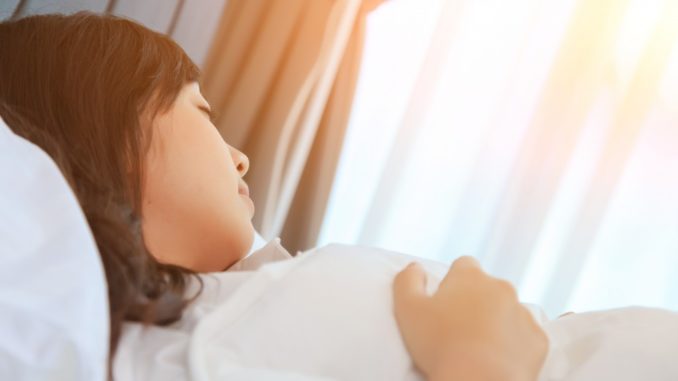
What can a tiny change in skin temperature, such as a 0.4 degrees Celsius increase, do to your quality of sleep? Answer: It can radically improve your sleep. Imagine not waking up abruptly in the mornings and having a longer phase of deep slumber.
In one study where the skin temperature of Dutch participants was increased by 0.4 degrees Celsius through thermasuits, researchers saw positive outcomes. Results were markedly pronounced among the elderly and those suffering from insomnia, whose “early morning wakes” were reduced from 0.58 to 0.04 probability, and the proportion of slow-wave sleep almost doubled.
Slow-wave sleep (SWS), otherwise known as ‘deep sleep,’ is the phase of our sleep when our mind and body repair and rebuild. During this phase, damaged tissues and muscles heal and cells that provide brain energy are restored. It is a crucial phase of a person’s sleep that you would want to optimize.
Vasodilation and sleep onset
Our bodies are governed by the circadian rhythm, a 24-hour internal cycle that is influenced by sunlight and body temperature, and that controls sleep, metabolism, and other bodily functions.
Our body, through thermoregulation, makes sure its temperature remains within the healthy range of 36.1 to 37.2 degrees Celsius. When its temperature becomes higher than its resting temperature, your body will release excess heat through vasodilation wherein blood vessels widen, blood flow increases, and heat is released through the skin. This causes a mild drop in body temperature, probably the steepest drop you’ll have all day, which induces sleep.
The body recognizes this drop in core temperature as a signal for sleep because in a normal circadian rhythm, sleep is induced when the body’s core temperature declines.
In our 24-hour circadian rhythm, our body temperature is coolest two hours before waking up. From that point, it gradually increases in temperature throughout the day until it peaks in the evening and it’s time to cool down again in preparation for sleep, two hours before sleeping time.
During this decline in body temperature, melatonin is released, heart rate drops, and sleep is induced. The body gets a lower temperature set-point until it’s morning again and it’s time to wake up.
Inducing sleep through vasodilation

Have you ever wondered why hitting the covers shortly after a 20-minute bath in a hot tub could lull you to sleep in no time? It’s because of vasodilation. Warming up for sleep actually triggers your body to cool down, which sends your brain the message that it’s snooze time.
Taking a dip in a fancy custom spa at home is not the only way to prepare your body for sleep. A warm shower or even soaking your feet and hands in warm water can induce a similar effect. Cuddling up with loved ones under a warm blanket or putting on fuzzy socks also does the same.
Before you hit the covers though, you want your room to have the right temperature, between 18 and 22 degrees Celsius, to help your body cool down without making you feel uncomfortable.
It varies per person
You may have heard people say that a cooler room temperature promotes better sleep. This is a relative statement. According to Dr. Scott Hollingshaus, clinical instructor of sleep medicine at the University of Utah’s Sleep Wake Center in Salt Lake City, each individual has a different room environment that they are acclimatized to. How they need to change lighting, noise, bed, and temperature to help them sleep better may vary from individual to individual.
For example, people whose bodies tend to heat up should avoid mattresses that trap body heat while those who are more comfortable with warmth may want warmer beds and blankets. Everyone would benefit from a warm bath, however, to cool them down in preparation for bedtime.
There are different reasons people suffer from sleep problems. But in some cases, simple activities like getting warmed up for bed and adjusting the airconditioner’s thermostat can make a world of difference. Try it and it may just work for you.
